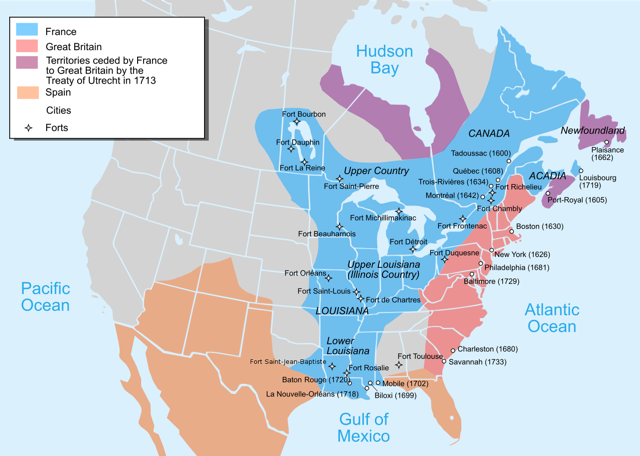
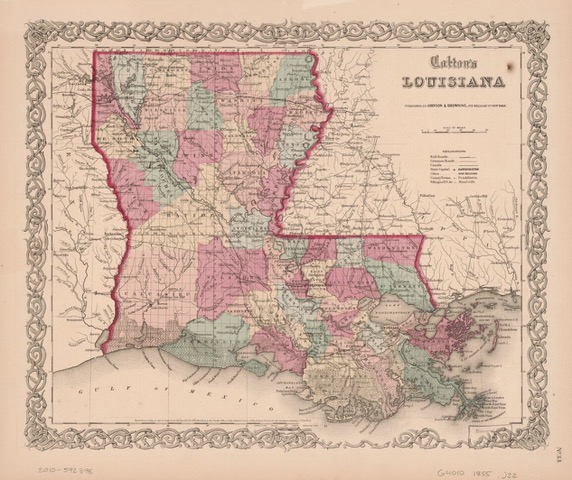
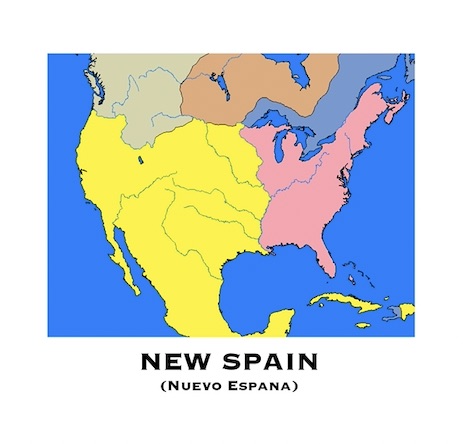
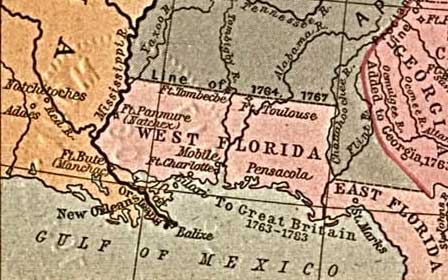
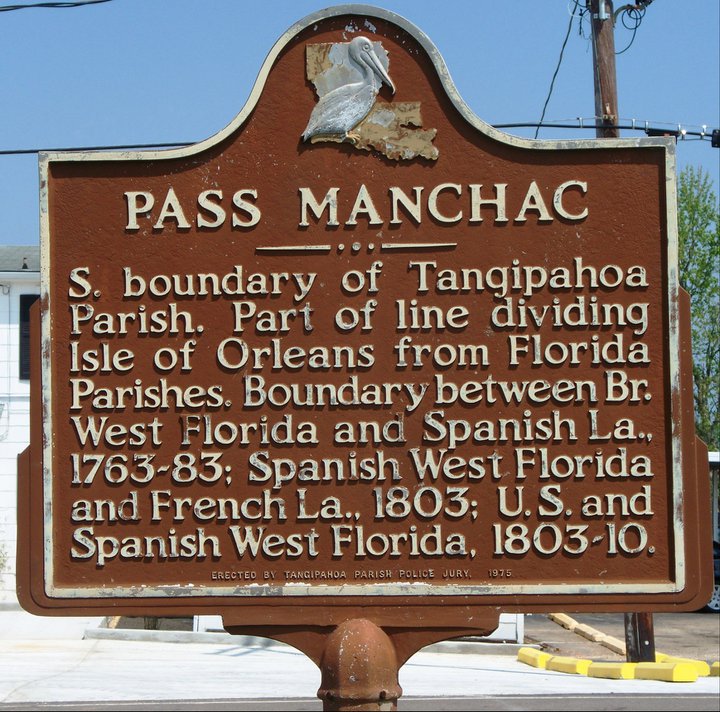
The Manchac Greenway crosses Pass Manchac, a channel that has been used as a boundary many times in Louisiana’s history including:
– Iberville’s 1699 journey of discovery on the Mississippi River went down Bayou Manchac to the Amite River, crossed Lake Maurepas, went down Pass Manchac, crossed Lake Pontchartrain to the sea and encompassed the imaginary but historically important “Isle of Orleans.”
– The Pass was used by the European powers competing in the region, France, Spain and England, as a boundary-line between their colonial holdings and later separated Spanish territory from American possession.
– It is the border between the historic and culturally different Louisiana regions of the Florida Parishes and the River Parishes and a political boundary between Tangipahoa and St. John the Baptist Parishes.
